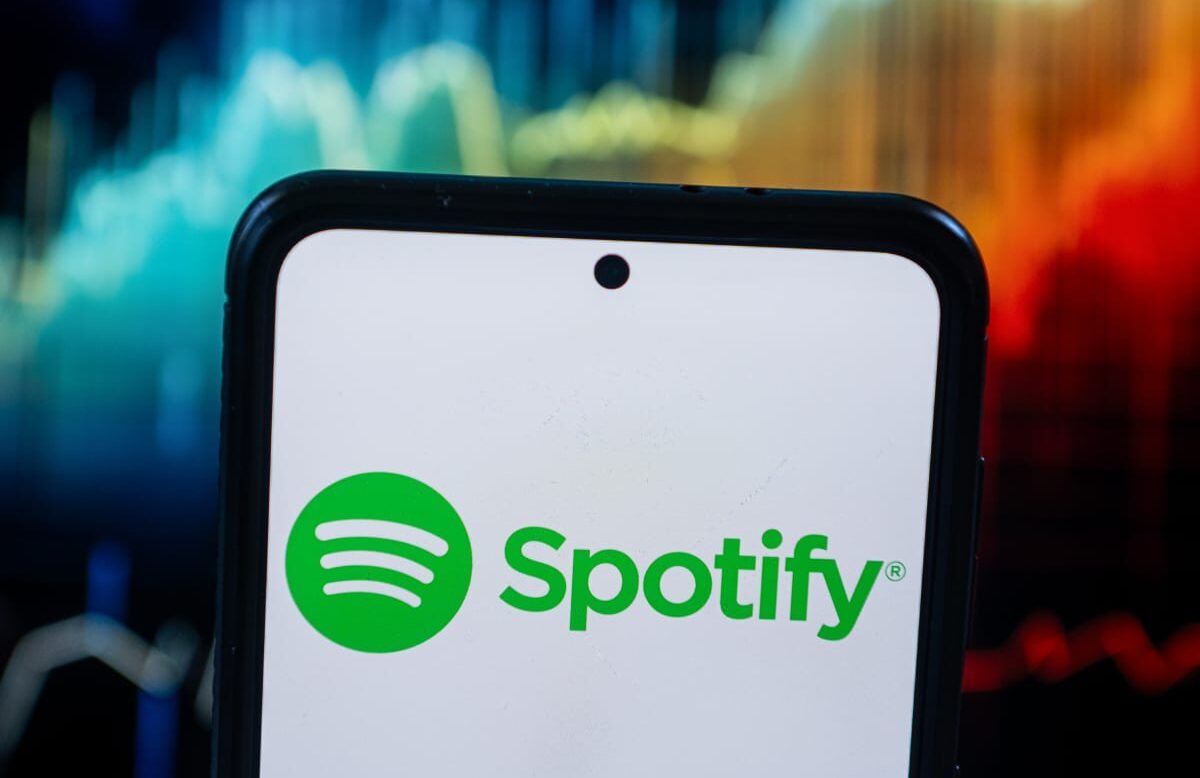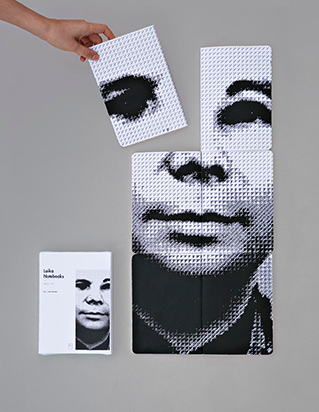Spotify’s revised royalty model: How does it pay? 💰
Following years of consistency in its royalty model, Spotify has announced vast changes to how royalties are distributed to artists. Since launching in 2008, the streaming giant has faced criticism for a low streaming revenue for artists. However, according to Music Business Worldwide, artists with over 1000 plays look set to see a greater share for their streams.
The key move in Spotify’s current wave of changes sees all tracks below 1000 plays per year demonetised, with the royalties from these tracks being reallocated upwards. This is implemented with a minimum threshold set for tracks, and means that over half of the songs currently on Spotify will no longer be eligible. The Swedish streaming outfit says the aim of this move will focus on the 0.5% of artists on its platform that receive under 1000 streams per year, and reallocate their royalties to the other 99.5% of the royalty pool.
Furthermore, Spotify is also introducing two other new policies next year:
- New anti-fraud measures including penalties to distributors and labels enabling fraudulent streams (estimated streams generated by fraudsters = 3%-10%)
- New rules for “functional” content requiring functional tracks to be played for an increased length of time before generating royalties
Spotify’s decisions will likely cause controversy, despite the fact that it will only affect those earning less than $5 a year from streaming payouts. However, with Deezer and Apple Music also making changes, it appears that the future of royalty payments favours greater revenue for the majority.
Words: Lewis Partington / Image: TheStreet.com









